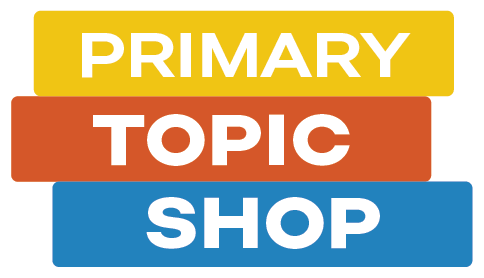Vikings Bundle - What is the best order?
The Vikings Bundle includes twelve stand-alone resources that can be taught in any order, plus a review to wrap everything up. However, we can recommend a certain order of topics.
1. Who were the Vikings? - This is a great introduction to the topic. You can find out what your students already know about the Vikings and teach them some general information about where they lived and what they did.
2. Society - This lesson goes a bit deeper into Viking Age society, covering classes and the roles of women and children.
3. Daily Life - This lesson shows your students what life was like for the Vikings, what they ate, what they wore and how they lived.
4. Market Day Game - This game will help you students immerse into Viking life on a bustling market day, learning about how Vikings traded and a bit about where they traveled.
5. Viking Gods - Here, we take a break from the ordinary, and plunge into the fantastical world of Viking gods. Students will hear more about gods like Thor and Odin, and learn about a few new gods form the Viking pantheon.
6. Viking Sagas - Now that they’ve become acquainted with the gods, students can read a funny story about Thor, Loki, and Freya. They’ll also learn about how historical sagas have given historians important clues about how the Vikings lived and where they traveled.
7. Viking Runes - Teach your students to write like a Viking - this will come in handy later! This resource has a fun fortune-telling activity that is usually a big hit.
8. Viking Jewelry - Students can use their rune writing skills to make their own magic jewelry.
9. Viking Weapons - Students will learn about different weapons Vikings used and make a shield. Raiding season is fast approaching!
10. Viking Ships - Vikings are well-known for their ship-building skills. Teach your students about the difference between ships used for battle and for ocean travel.
11. Viking Exploration - Now that you’ve learned about ships, it’s time to take a trip. Travel with the Vikings, east as far as Vinland (Eastern Canada), west to Russia and south to the Byzantine Empire! By now, students will have an idea of the places where Vikings traveled, but this resource goes into more detail and includes a map.
12. Timeline - Now we know where Vikings went, let’s put these voyages in context and learn more about when they happened. The timeline poster is color-coded according to location, offering a visual way to travel through time and space. This resource covers the entire Viking Age, and ties everything together nicely.
To review everything your students have learned, you can hand out differentiated crosswords, and finish with a friendly game of class bingo.
